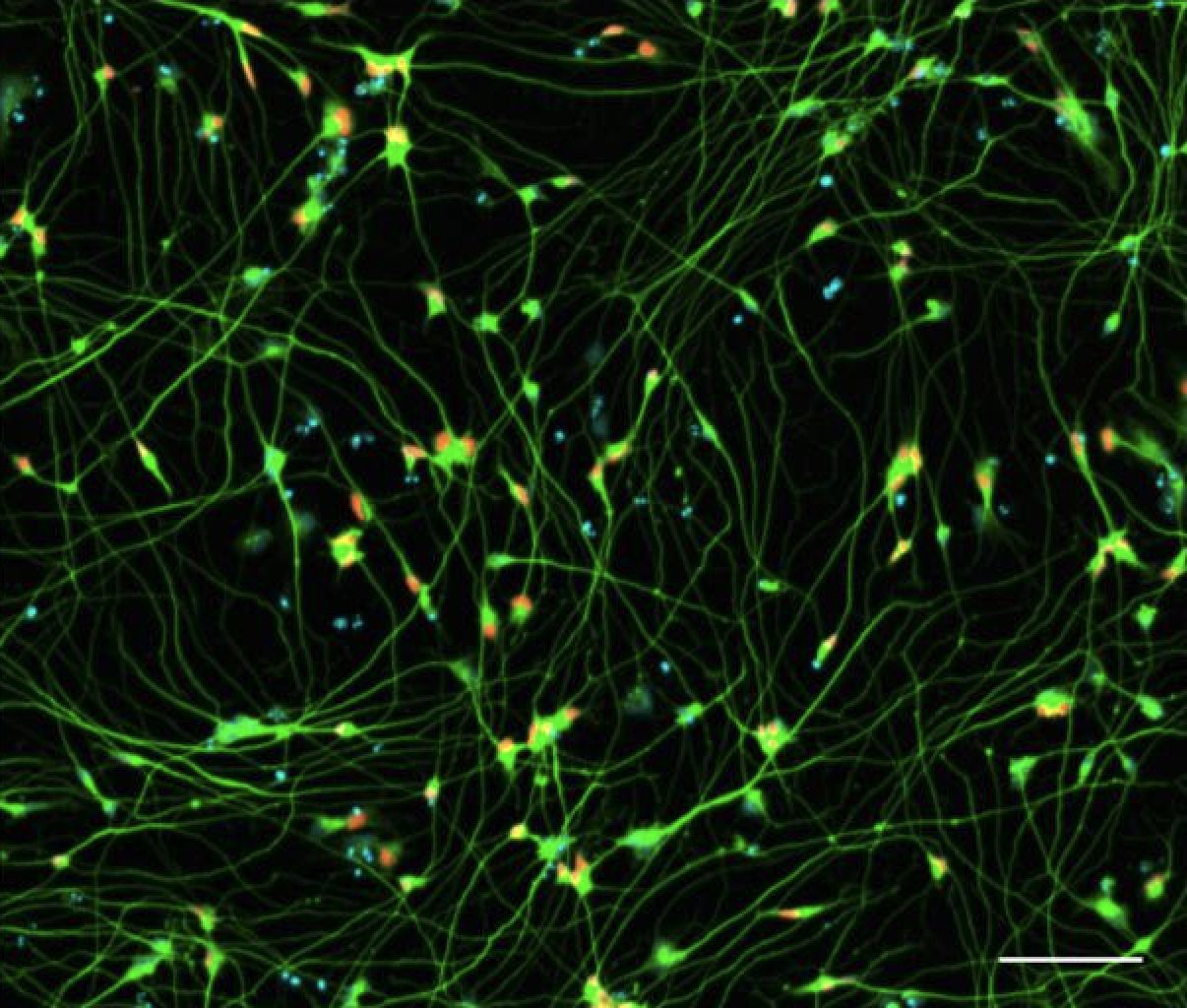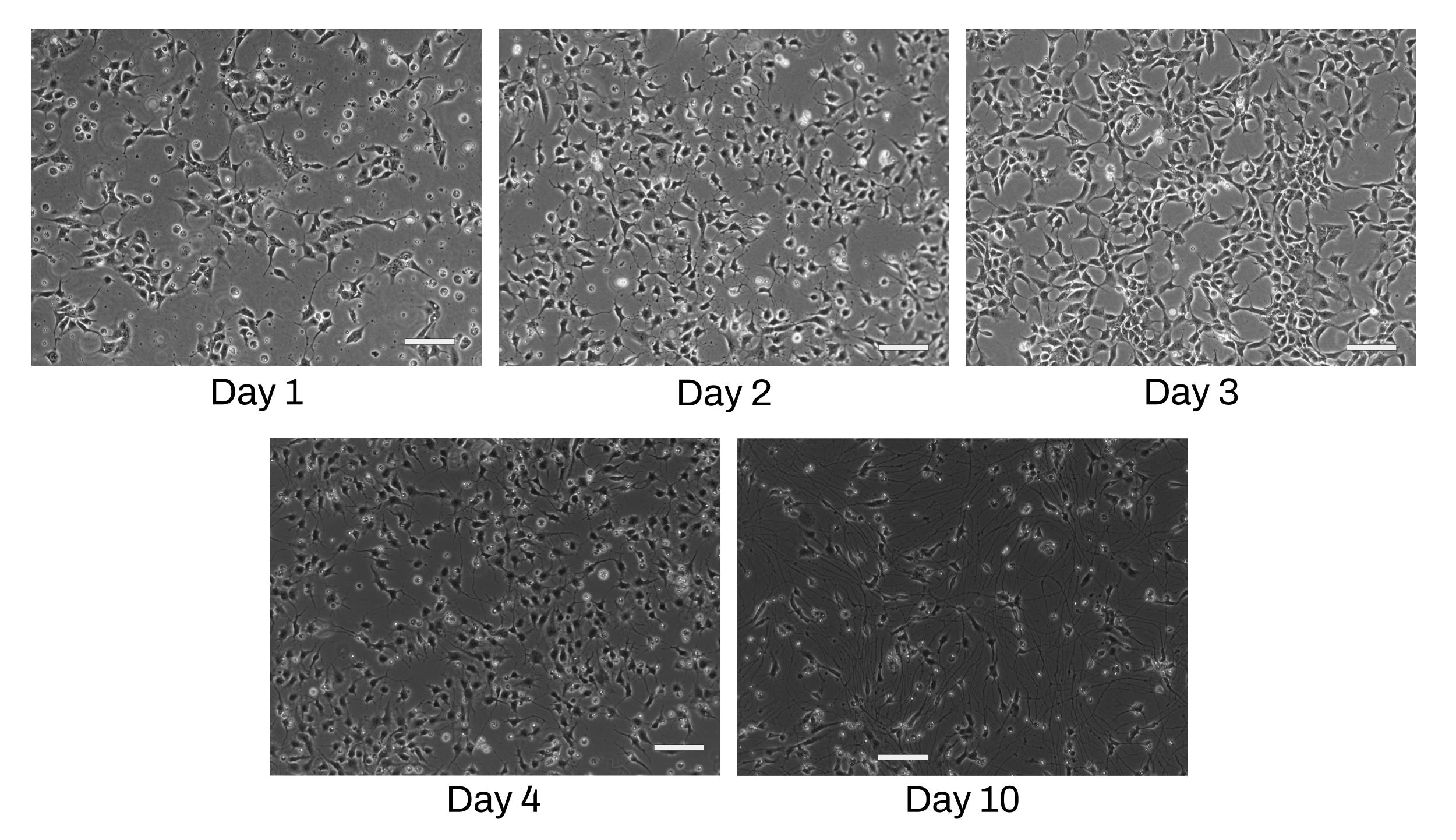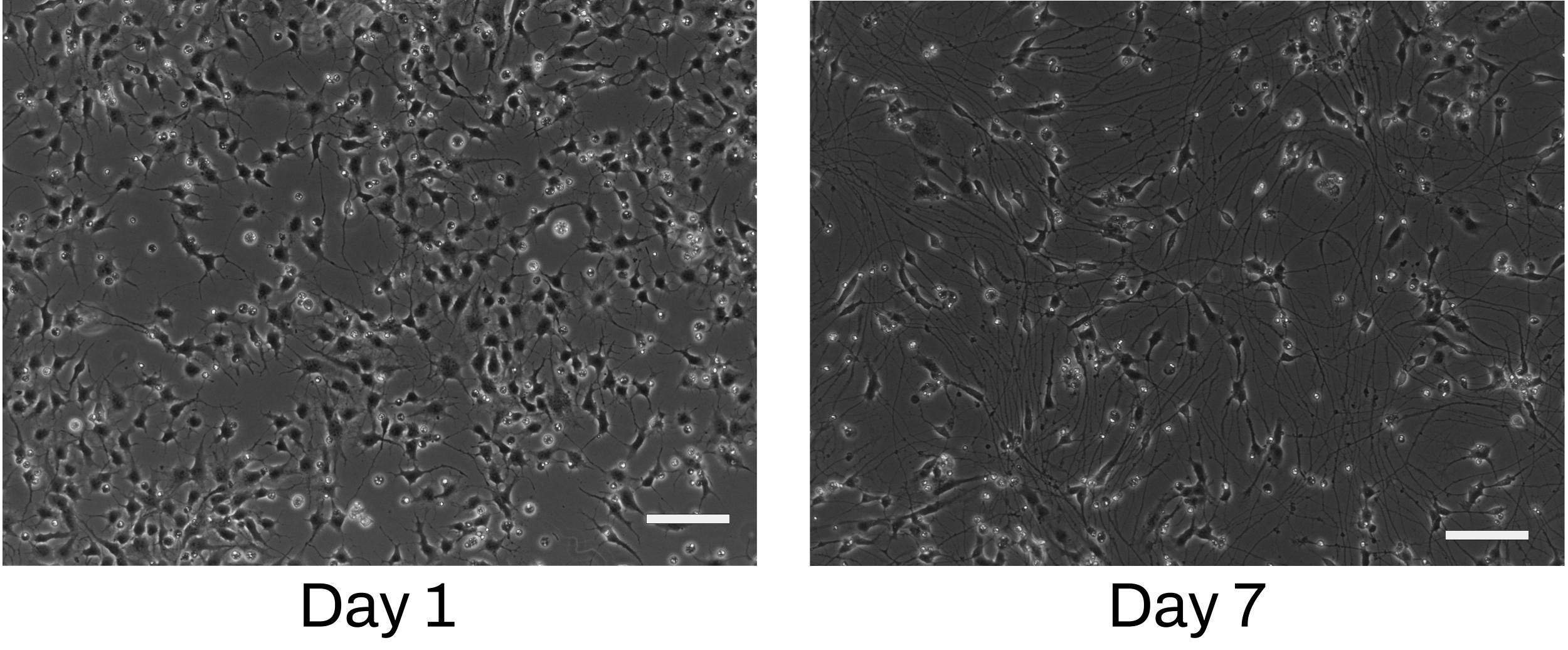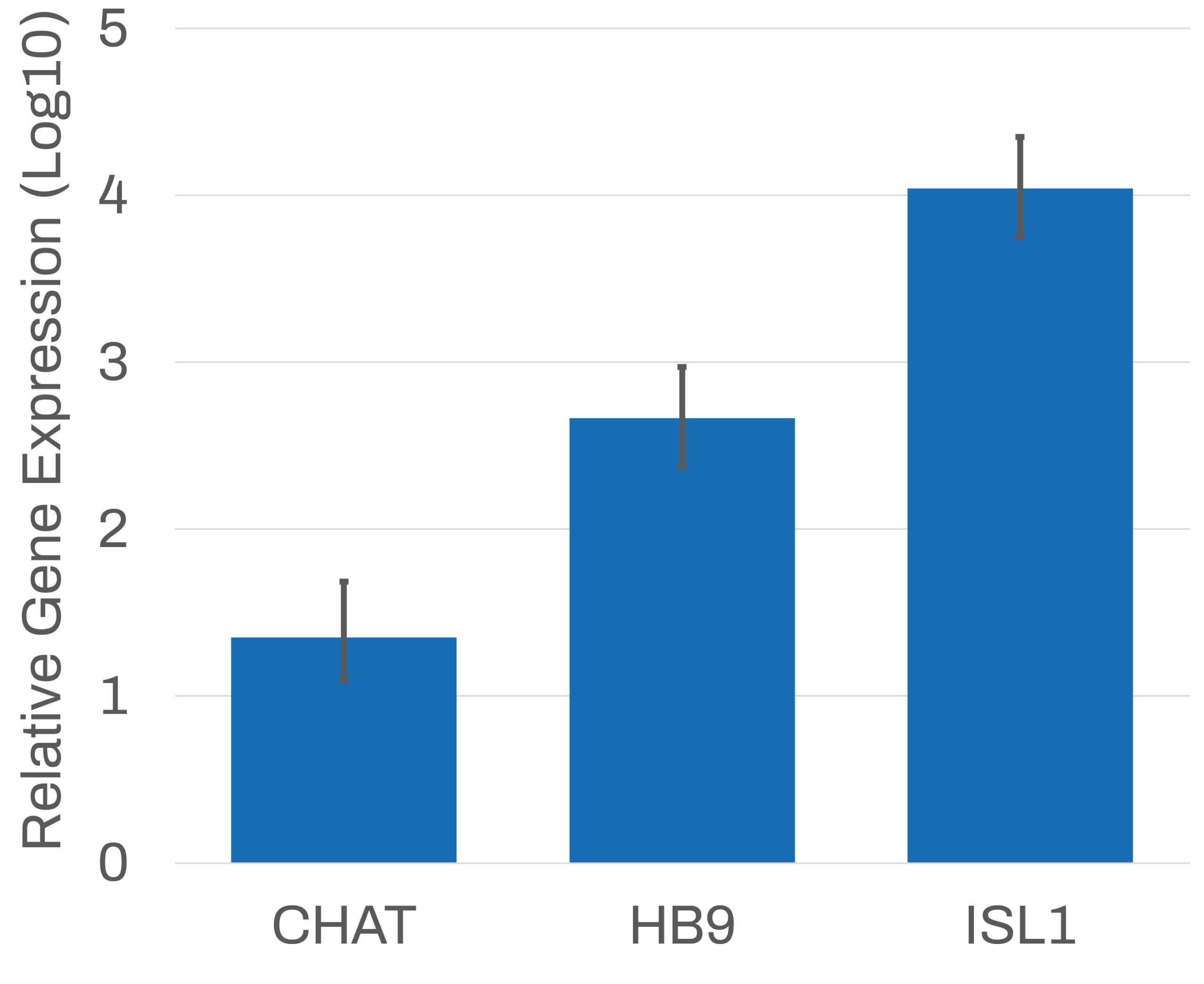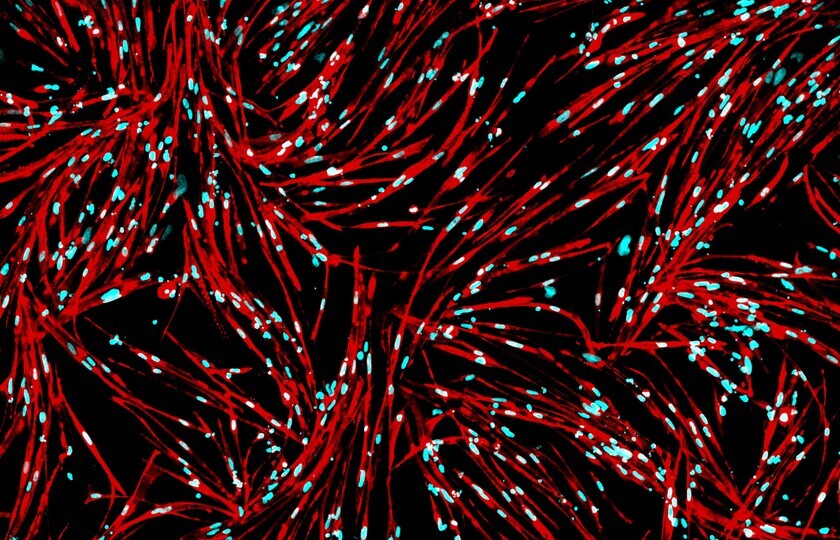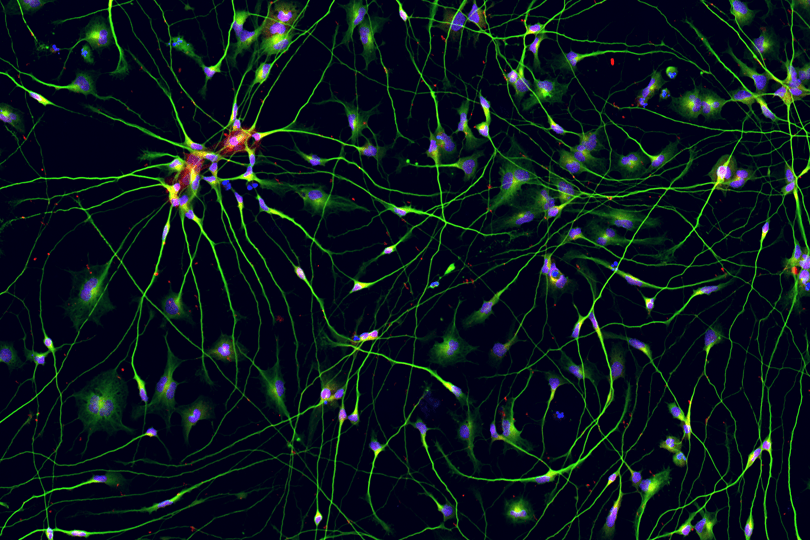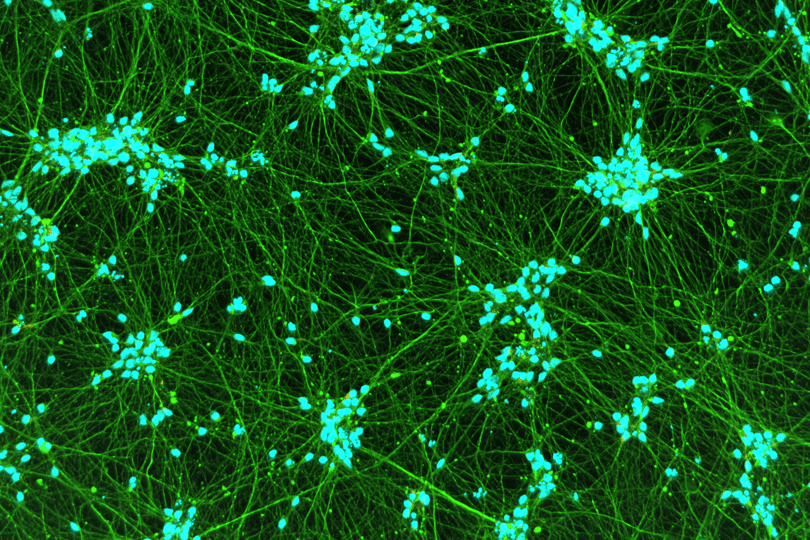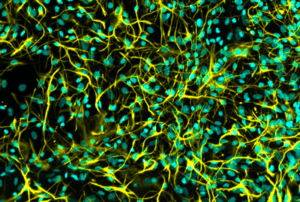Gain a deeper understanding of the complexities of neuronal signaling and tease apart variations due to age, gender, and donor variability with neurons derived from human iPS cells.
- Quick-Neuron™ Motor - Human iPSC-derived Neurons give you access to the same cells with every order for more biologically relevant and reproducible studies
- Quick-Neuron™ Motor Kits provide you with a quick and easy way to turn your iPS cells into motor neurons.

